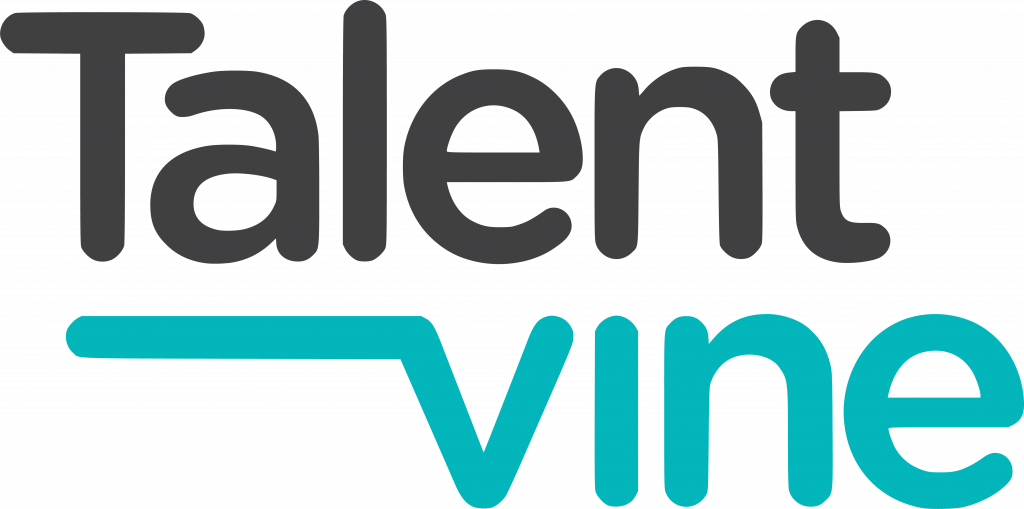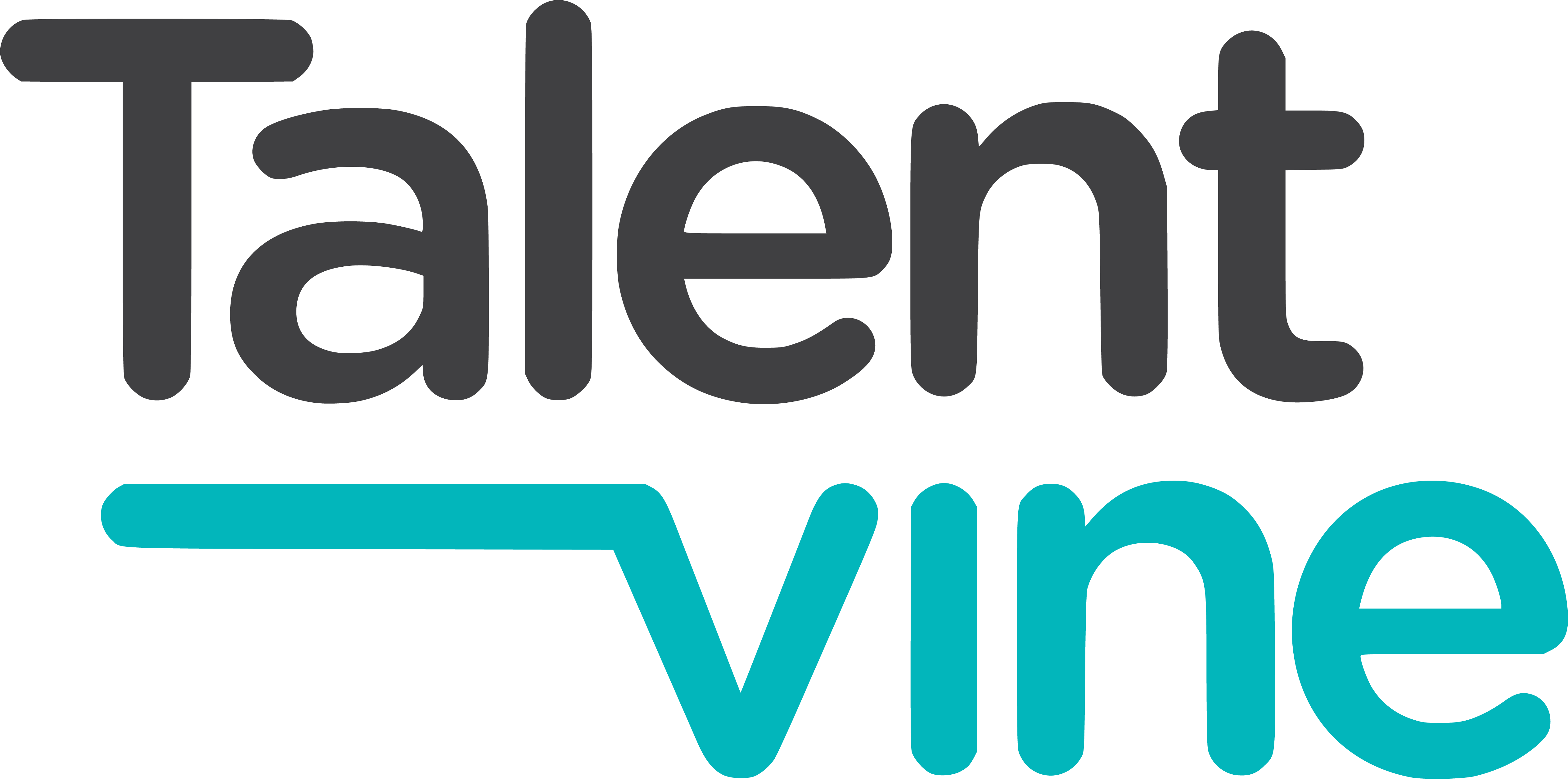In today’s dynamic job market, where the “Great Resignation” and the pursuit of work-life balance dominate headlines, businesses must prioritise employee engagement and retention like never before. In this comprehensive guide, we’ll explore the intricacies of keeping your employees not just satisfied but deeply engaged and committed to your organisation’s mission.
Employee engagement and retention are at the heart of a successful and sustainable organisation. Engaged employees are not only more productive and innovative, but they also tend to stay with their current employer for longer periods. In an era marked by rapid workforce turnover, companies that invest in engagement and retention strategies gain a competitive edge.
As we navigate this comprehensive exploration of engagement and retention, our aim is to equip you with the knowledge and strategies needed to foster a workplace where employees thrive, remain committed, and contribute to your organisation’s long-term success.
Measuring attrition rates is an important part of the effective management of employee engagement and retention. Attrition rates, which count the percentage of employees departing a company during a specified timeframe, serve as a crucial metric in assessing your organisation’s health. By calculating and interpreting these rates accurately, organisations can gain valuable insights into their workforce dynamics and identify areas that require attention.
It’s important to recognise that the candidate experience doesn’t start post-hiring; it commences with the initial interaction between potential employees and your organisation. Creating a positive and respectful experience for job applicants can significantly influence their perception of your company. This is especially important in a competitive job market where candidates have numerous options.
Effective onboarding is a powerful tool for creating a lasting and positive impression on new hires. This process goes beyond merely introducing employees to their job tasks; it’s an opportunity to integrate them seamlessly into your organisational culture and set the stage for long-term engagement and retention.
A well-designed onboarding process should begin before the new employee’s first day. This can include sending them essential information, such as company policies and introductory materials, to give them a head start. Effective onboarding also involves assigning mentors or buddies to new hires, providing them with someone to turn to for guidance and support during their initial weeks.
An EVP, or Employee Value Proposition, is the complete set of benefits and rewards that employees receive in exchange for their skills and experience. Creating a compelling EVP is vital for attracting top talent and retaining your current workforce, particularly in a competitive market.
In developing an EVP, focus on a comprehensive package that goes beyond financial compensation. Consider factors such as workplace culture, opportunities for growth and development, work-life balance, and the impact employees can make within the organisation. Tailoring the EVP to the specific needs and aspirations of your workforce is important, as it reflects your commitment to meeting individual and collective expectations. Communicating this clearly to both prospective and current employees helps in aligning their objectives with the organisation’s mission and values.
Offboarding isn’t merely a goodbye; it’s an opportunity to gather valuable feedback and leave departing employees with a positive impression. Employing strategies for conducting thoughtful offboarding is essential for fostering goodwill and preserving your organisation’s reputation.
Offboarding should involve exit interviews or surveys to understand the reasons behind an employee’s departure and gather insights for improvement. Ensure departing employees feel valued and appreciated for their contributions during this process, as it can leave a lasting impression. Provide necessary information, such as final pay details and return of company assets, promptly and efficiently to facilitate a smooth transition. Additionally, maintain open lines of communication and offer support to departing employees as they navigate their career transitions.
Your employer brand represents your organisation’s reputation as an employer. Cultivating and effectively communicating a compelling employer brand is critical for hiring and retaining talent in the job market. This is because a strong employer brand helps your organisation to stand out from the crowd and attract candidates who genuinely believe in what you stand for.
Ensure that your company’s mission, values, and culture align with the message you convey to both potential and current employees. Avoid common mistakes, such as framing your workplace like a family. Highlighting employee success stories and achievements can also strengthen your employer brand by demonstrating real-world examples of growth and development within your organisation.
Understanding the recent workplace phenomenons such as “quiet quitting” and the Great Resignation will go a long way to improving engagement and retention.”Quiet quitting” refers to the subtle disengagement of employees who may not vocalise their dissatisfaction but exhibit signs of low morale and reduced productivity. Recognising these signs is crucial to taking proactive steps to address employee disengagement before it escalates into turnover.
Simultaneously, the Great Resignation underscores the changing dynamics of the job market, where employees have more choices and are increasingly seeking workplaces that prioritise their well-being and offer meaningful work. To retain talent in this candidate-driven environment, organisations must not only address “quiet quitting” but also reevaluate their employee value proposition to align with the evolving expectations of the workforce.
Both “quiet quitting” and the Great Resignation are indicators of an increased focus on employee wellbeing and a candidate-driven market in Australia. “Quiet quitting” highlights the importance of regularly checking in with employees to gauge their job satisfaction and address concerns proactively. Recognising the signs of disengagement and taking steps to re-engage employees can help curb turnover.
Promoting diversity and inclusion is a crucial aspect of fostering a positive workplace culture and retaining top talent. Strategies for promoting diversity and inclusion within your organisation should reflect a commitment to equality and respect for individual differences.
Australian workplaces benefit from embracing diversity as it enhances creativity, problem-solving, and innovation. To promote diversity and inclusion, consider implementing policies that actively encourage inclusive hiring practices and create an environment where all employees feel valued and heard. By prioritising diversity and inclusion, organisations can create a workplace where all employees can thrive, leading to improved engagement and retention of top talent.
The rise of hybrid working models introduces new challenges and opportunities for organisations. Navigating this evolving landscape is essential to keeping employees engaged and committed, whether they work in the office, remotely, or a combination of both.
Hybrid working models require clear communication and well-defined policies to ensure that employees understand their roles and expectations. Flexibility in work arrangements is highly valued, so allowing employees to choose the working model that suits them best can enhance engagement and retention. Encouraging team-building activities and maintaining a strong organisational culture, regardless of physical location, is also crucial. By embracing the possibilities of hybrid working, organisations can adapt to changing work preferences and retain their employees’ commitment and satisfaction.
Burnout poses a significant threat to engagement and retention in organisations, especially in the context of remote and hybrid working models. To combat burnout effectively, leaders need to recognise, prevent, and address it in a proactive manner.
Recognising burnout involves paying attention to signs such as increased fatigue, reduced productivity, and changes in behaviour or attitude. In remote and hybrid working models, it’s essential to set clear boundaries between work and personal life to prevent burnout. Encouraging employees to take regular breaks, maintain a healthy work-life balance, and seek support when needed is crucial. Organisations should also consider providing resources for mental health support and stress management, emphasising their commitment to employee well-being. Additionally, regular check-ins with remote workers to gauge their emotional well-being and assess workload can help prevent burnout.
TalentVine is a recruitment marketplace that helps you to hire top talent faster, cheaper, and easier. Simply post a role, get connected to elite specialist recruiters, and receive vetted, qualified candidates for your role.
The best part? TalentVine is free to use for employers!
Effective leadership is a cornerstone of employee engagement and retention in Australian workplaces. Explore leadership strategies that empower your workforce and create a culture of trust and respect.
To bolster employee engagement and retention, leaders should adopt a participative leadership style, encouraging employees to contribute their ideas and suggestions. This approach not only empowers the workforce but also ensures that their voices are heard, fostering a sense of ownership and commitment.
Employees are keen to advance in their careers and seek opportunities for growth. To enhance long-term retention, organisations should implement personalised career development plans that align with the unique aspirations of each employee while still aligning with the overarching goals of the organisation.
Personalisation is key, as it acknowledges the diverse career aspirations of employees. By conducting regular one-on-one discussions between managers and employees, organisations can gain insights into individual career goals. These discussions can help in tailoring development plans that include specific training, mentorship, and learning opportunities.
Prioritising employee wellness and well-being is essential to combat burnout and enhance engagement in the workplace. To ensure long-term retention, organisations should adopt strategies for creating a healthy work environment that fosters physical, mental, and emotional well-being among employees.
Initiatives like mental health awareness programs and stress management workshops are highly regarded. Leaders should actively promote these initiatives and ensure that employees have access to the necessary resources and support networks. Additionally, offering flexible working arrangements, such as telecommuting or compressed workweeks, can assist employees in maintaining a healthier work-life balance.
In the ever-changing world of work, engagement and retention are not static concepts. They require ongoing attention, adaptability, and a commitment to fostering a workplace where employees feel valued, supported, and motivated. By mastering the principles and strategies outlined on this page, you’ll be well-equipped to navigate the challenges of the modern workplace and build a culture of long-term engagement and retention.
© Copyright TalentVine 2025
ABN 16 603 353 831

This extensive guide gives you the latest information about PSA’s, how organisations in Australia use them, and what you can do to take your recruitment to the next level by leveraging PSA best practices.
We do not share contact information about you with anyone.

Please tell us about your recruitment agencies requirements and we will get back to you as soon as possible.

Tell us the details of the role(s) you’re hiring for and you’ll receive a free consultation on your recruitment options, what to expect when recruiting and what steps you need to take next.
This is a free call with no obligation to use TalentVine afterwards.

Please provide us with your contact details to access this content.


Fill in the form below and outsourcing firm get back to you shortly to discuss your outsource hiring needs.

Fill in the form below and TalentVine will get back to you shortly to discuss your outsource hiring needs.
If you worked with this outsourcing firm, leave them a review on TalentVine and you’ll receive $100 MYER giftcard.

Fill in the form below and we’ll get back to you shortly to discuss your recruitment needs.

No payment details required.
Are you a recruiter? Sign-up here instead.

No payment details required.
Are you a recruiter? Sign-up here instead.

No payment details required.
Are you a recruiter? Sign-up here instead.

No payment details required.
Are you a recruiter? Sign-up here instead.

Enter your business contact details and we’ll get in touch or give us a call on: 1300 940 459

Let us know the ideal hire that you’re looking to make. You’ll remain anonymous and receive custom quotes from specialist recruiters that are able to help. There is no cost to proceed, and your details will never be shared without your permission.
Already have an account? Login here